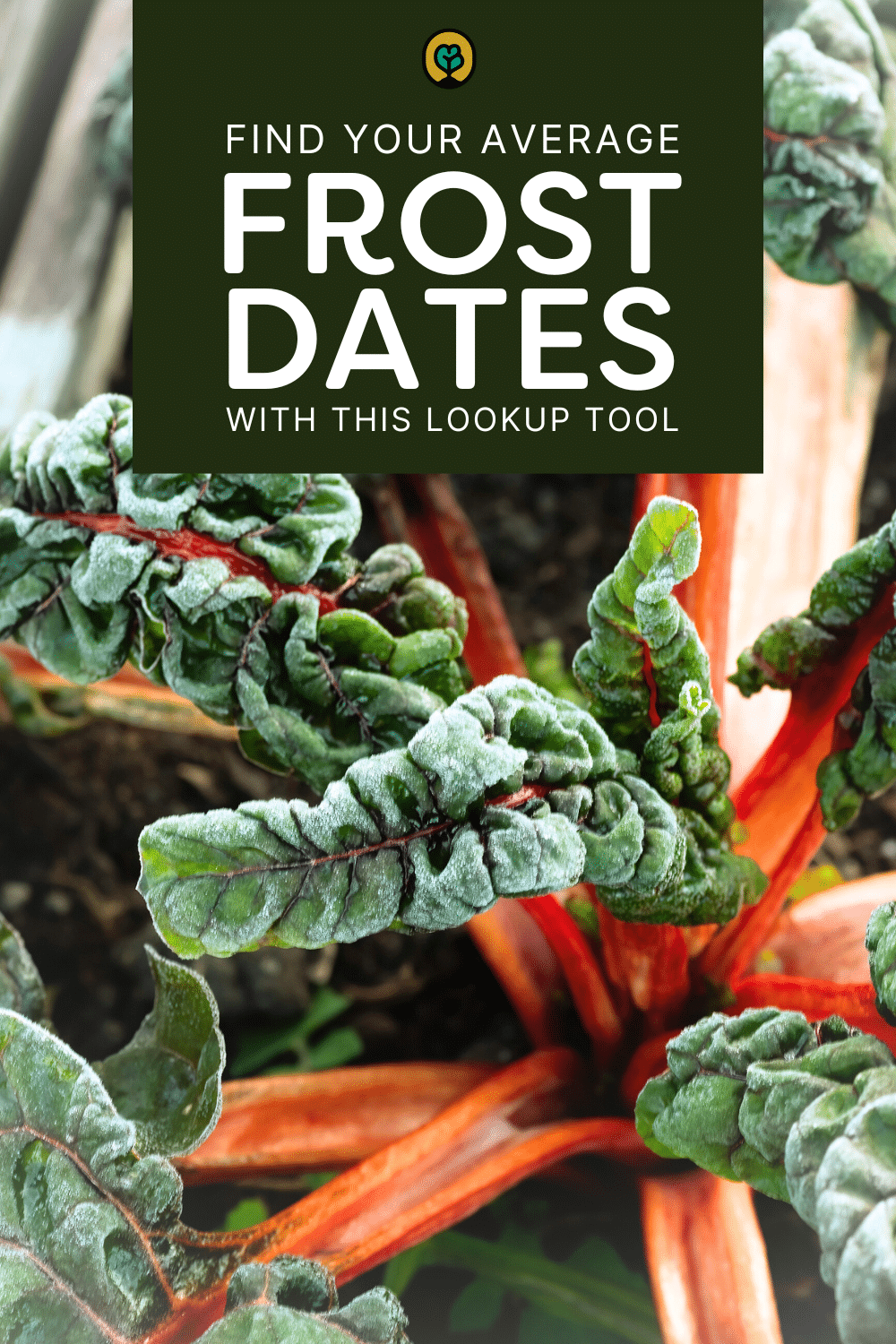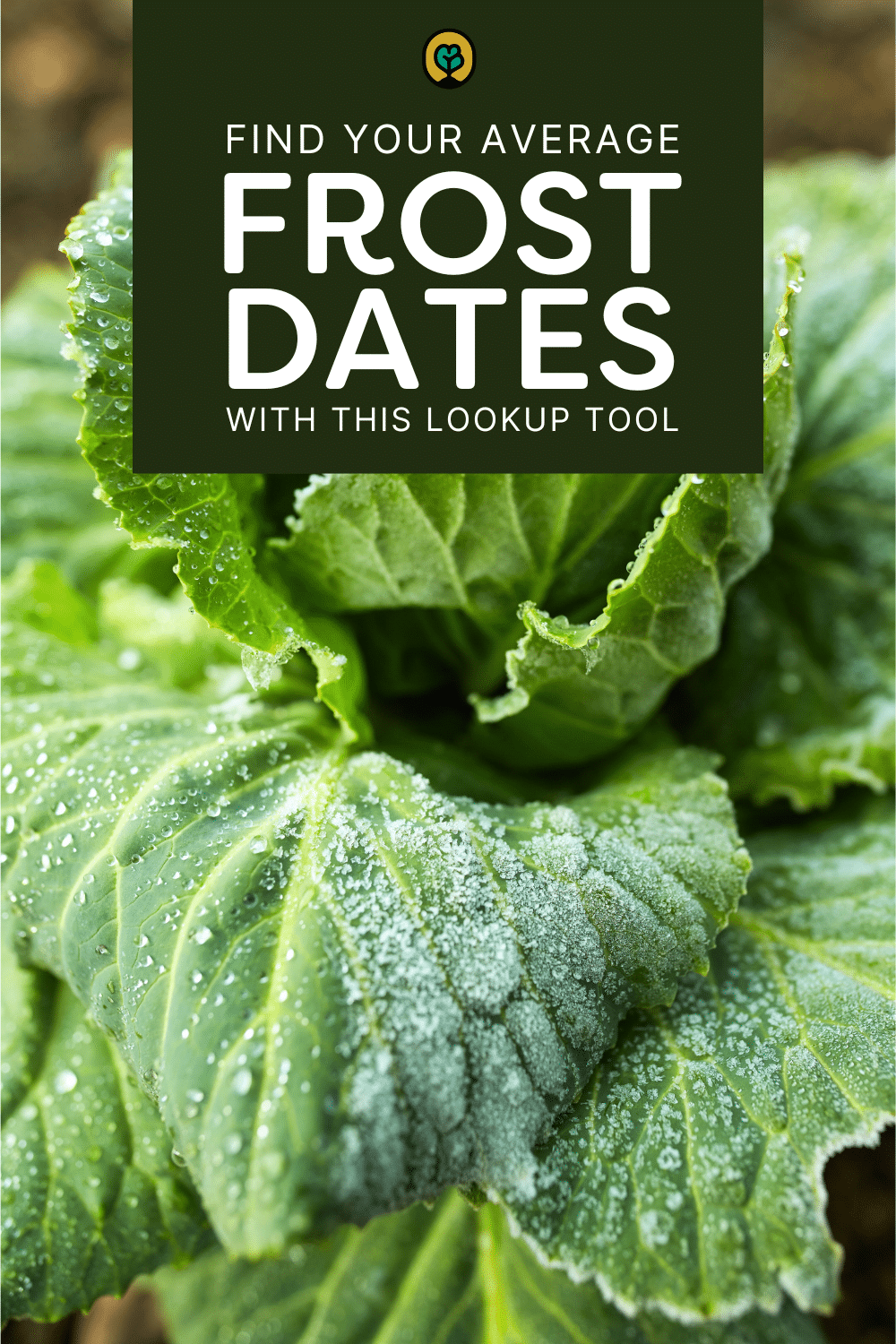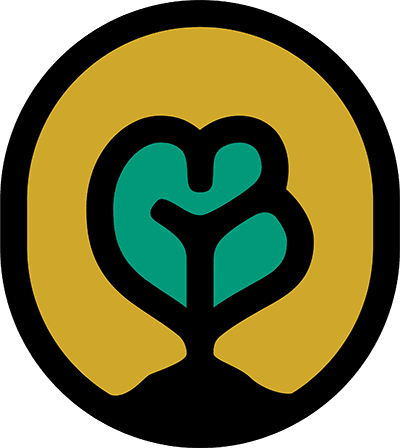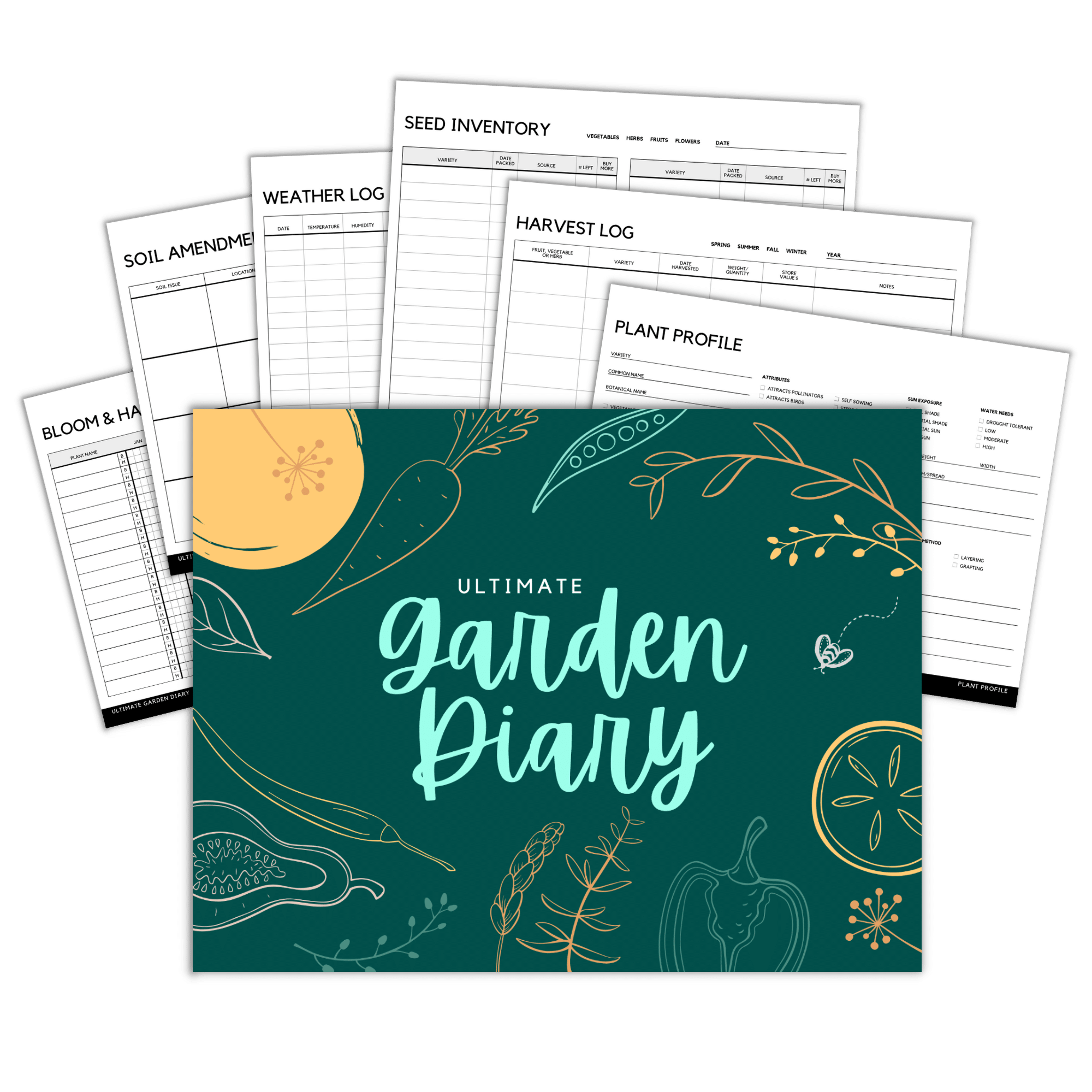Find your first and last frost dates.
Get location 📍
The dates above reflect a 50% chance of frost at 32°F. If you want to plant your garden earlier or later in the season with a higher or lower risk of frost, use the following tables. (Empty cells indicate very small to zero chance of frost.)
🔒Your location:
— OR —
- Last Frost Date: --
- First Frost Date: --
☀️ Last Frost Date
| °F | 90% | 50% | 10% |
|---|---|---|---|
| 28° | -- | -- | -- |
| 32° | -- | -- | -- |
| 36° | -- | -- | -- |
❄️ First Frost Date
| °F | 10% | 50% | 90% |
|---|---|---|---|
| 28° | -- | -- | -- |
| 32° | -- | -- | -- |
| 36° | -- | -- | -- |
If you’re seeing “N/A” for frost dates at a weather station—for example, if you live near tall mountain peaks or someplace like Northern Alaska or South Florida—it could mean one of two things:
Share this with a friend
What are frost dates?
Frost dates are the average dates in spring and fall when there’s a 50 percent chance that the temperature will drop below freezing, resulting in frost on the ground.
In spring, we have a “last frost date” and in fall, we have a “first frost date.” In between the last and first frost dates are your freeze-free days—the period when it’s generally safe to plant.
Frost dates are determined by a variety of factors, including latitude and longitude, altitude, and local weather conditions.
Since conditions can change from year to year, frost dates are only estimates and freezing temperatures are always possible two weeks before the first frost or two weeks after the last frost.
Save on Pinterest



How to find your frost dates
There are two ways to find the frost dates in your area:
1. The USDA hardiness zone method
To find the average frost dates using this method, you first need to know your USDA hardiness zone. Use my hardiness zone lookup tool if you’re not sure what the current guidelines are. Remember that zones can vary between two nearby towns or even across the same city, so it’s important to find the hardiness zone for your exact location.
Once you know the zone you’re in, use this chart to find your approximate last and first frost dates:
| Zone | Last frost date | First frost date |
|---|---|---|
| 1 | May 22–June 4 | August 25–31 |
| 2 | May 15–22 | September 1–8 |
| 3 | May 1–16 | September 8–15 |
| 4 | April 24–May 12 | September 21–October 7 |
| 5 | April 7–30 | October 13–October 21 |
| 6 | April 1–21 | October 17–31 |
| 7 | March 22–April 3 | October 29–November 15 |
| 8 | March 13–28 | November 7–28 |
| 9 | February 6–28 | November 25–December 13 |
| 10–13 | No freeze | No freeze |
Note that while the dates above give a general indication of when you’re likely to experience frost in your area, it isn’t the most accurate. A better way to find your frost dates is by using historical data from NOAA (which I explain below).
2. The NOAA climate station method
This is the method I recommend using to help maximize your growing season.
The National Centers for Environmental Information (NCEI) at NOAA provides historical weather data for almost 15,000 weather stations across the United States. This huge dataset, known as the US Climate Normals, aggregates annual, seasonal, monthly, daily, and hourly averages of temperature, precipitation, and other climatological variables for each weather station.
The most current datasets are the 30-Year Normals (1991–2020) and 15-Year Normals (2006–2020), which tell us what is “normal” in today’s climate.
Garden Betty’s frost date lookup tool (at the top of this page) consolidates data from the NCEI’s 15-Year Normals to give you specific frost dates with wider probabilistic ranges. The two charts in the tool display estimated dates for 90 percent, 50 percent, and 10 percent chance of frost before the first frost date or after the last frost date in any given year.
These narrower ranges can you help decide how—and if—you should push your gardening window. A higher probability level means you can try planting earlier if you’re willing to take a chance. A lower probability level means you have a lower risk of frost damage but a shorter growing season.
In areas with short seasons or unpredictable climates, I recommend going with the 50 percent probability level but using low tunnels with frost covers to protect your plants as needed.
Read more: How to choose between fabric and plastic covers for your garden beds
The temperature thresholds in the charts indicate the severity of the frost:
- 36°F – Patchy frost in some areas
- 32°F – Widespread light frost
- 28°F – Hard freeze
The more you know 💡
Why it’s important to know your frost dates as a gardener
Knowing when your frost dates occur can help you plant strategically to get the most out of your garden. You’ll need to know your frost dates if:
- Your seeds require stratification
- You have a short season and want to grow tomatoes or melons
- You want to plant in succession (so you can start sowing as early as possible)
- You plan to start a fall garden (to give your crops enough time to mature)
- You want to harvest the sweetest carrots, kale, and Brussels sprouts (just a few of the vegetables that improve in flavor after a few hard frosts)
It’s also important to understand how these low temperatures may affect your plants. Certain plants can survive brief periods of freezing, while others can’t tolerate even a lick of frost. It all depends on the severity of the frost and the hardiness of your plants.
Many vegetable crops tolerate—and even thrive in—frigid weather, and you can grow them all winter without a greenhouse.
The same goes for these extremely cold-hardy herbs that can survive outside year-round.
The limitations of frost dates
While it’s important to know your frost dates, it’s equally important to understand these dates are only estimates and do not account for unusual weather events, such as abnormally warm spells or sudden cold snaps.
They also don’t take into account your particular microclimate, which can affect your frost date by as much as a few weeks. (For example, my hardiness zone 6 should have its last frost in April, but I get frost through June in my crazy microclimate!) Different variables like tree cover, large areas of concrete, or changes in elevation can all create microclimates in a given area, resulting in slightly different frost dates for each property.
Use your frost dates as a guideline, observe the weather, talk with your neighbors, and keep track of how your plants do each season. Over time, you’ll be able to make the best decisions to ensure the biggest harvests from each crop.
Want to get the most out of your garden?
Download my Ultimate Garden Diary. This fully customizable garden journal and logbook helps you track weather patterns, plantings, and harvests to maximize your growing season.


